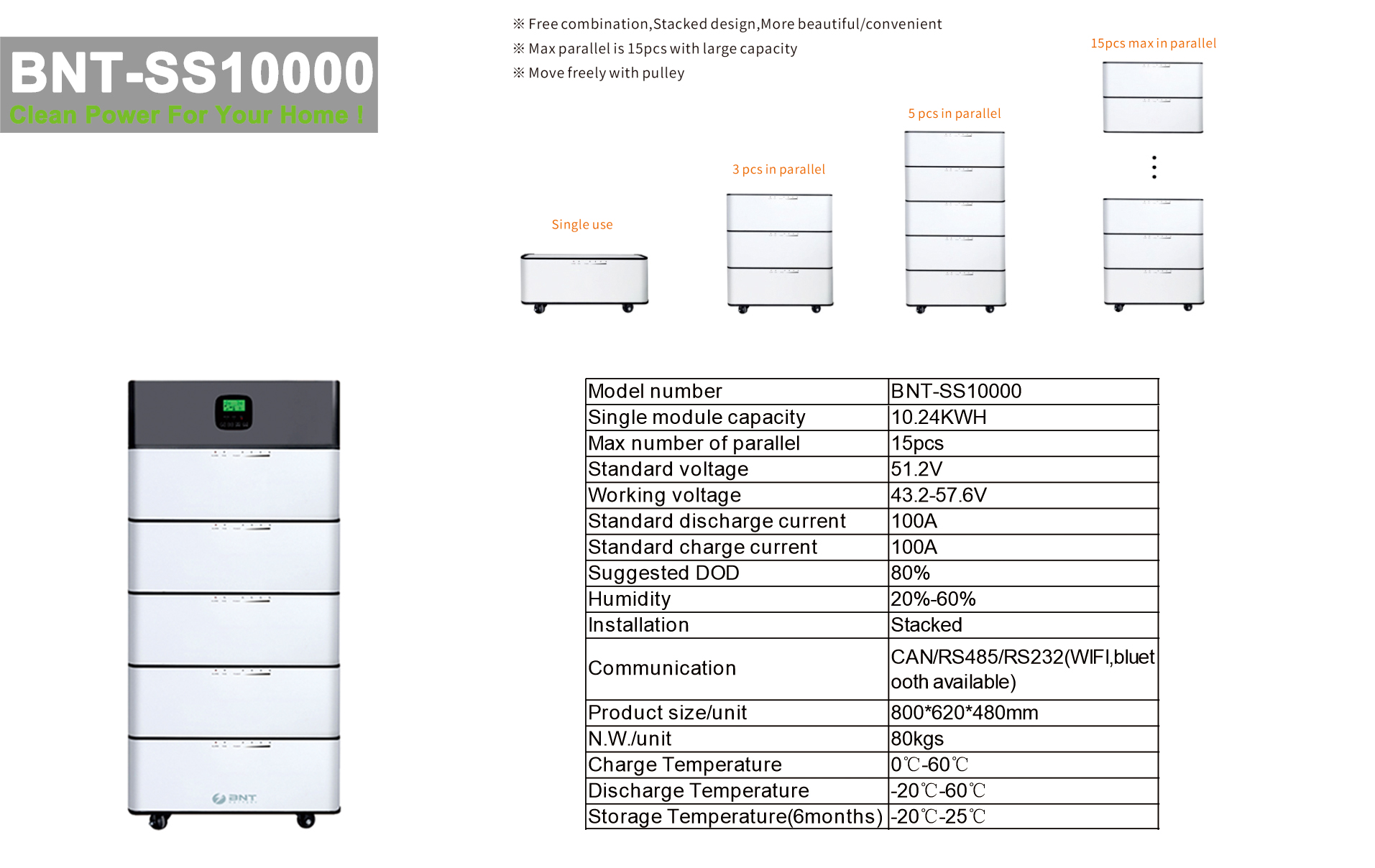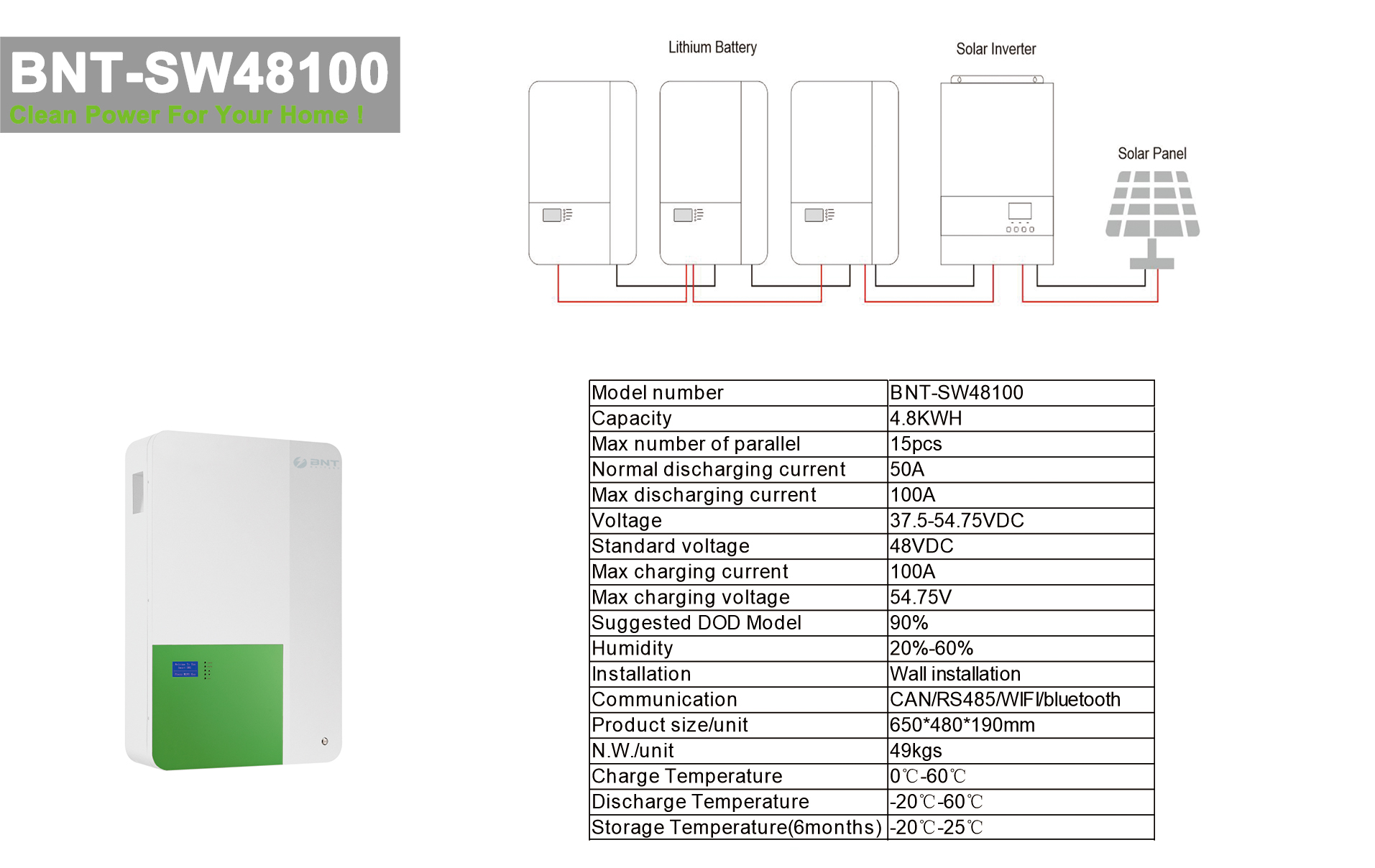
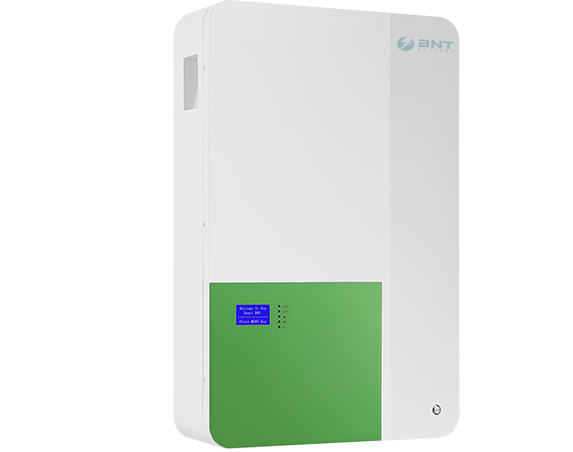
Power Wall
Power Storage
BNT Battery offers a lithium-ion solution that is considered to be one of the safest chemistries on the market. Safety is most important at both ends of the spectrum. Large scale Energy Storage Systems (ESS) hold massive reserves of energy which require proper design and system management. Small systems entrusted within our homes require safety and reliability above all else.
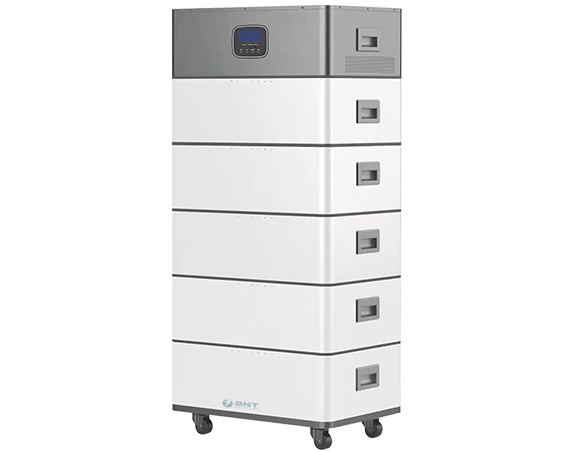
Residential Lithium
Storage Batteries
BNT's Lithium Phosphate Energy Storage solutions have been used as the enabling technology for grid storage projects. Minimizing electricity generation costs and offering reliable power in remote locations. BNT's Control System manages battery pack state of charge and when the renewable sources become unavailable, initiates a genset to automatically re-charge the pack.

SOLAR POWERED

ADVANCED BATTERY CONTROLLER

TOP NOTCH INVERTER

RELIABLE BATTERY SYSTEM

BETTER HOUSE ENERGY CONSUMPTION MANAGEMENT

CHARGE YOUR CAR

HOUSE EXPENSE SAVING

LESS CARBON EMISSION
benefits
Simple , Safe And Reliable For Your Resident
- >Parallel strings for redundancy and maximum reliability
- >Intrinsically safe cathode material with integrated battery management system
- >Integrated design,small size and plug and play make it easy to install and operate
- >Collocate high-efficiency PV& energy storage inverter with efficiency of 97.6% can ensure full
- >Power output of off-gird mode
ZERO
Maintenance
5yr
Warranty
10yr
Battery Life
ALL-WEATHER
Workable
>3500times
Life Cycles
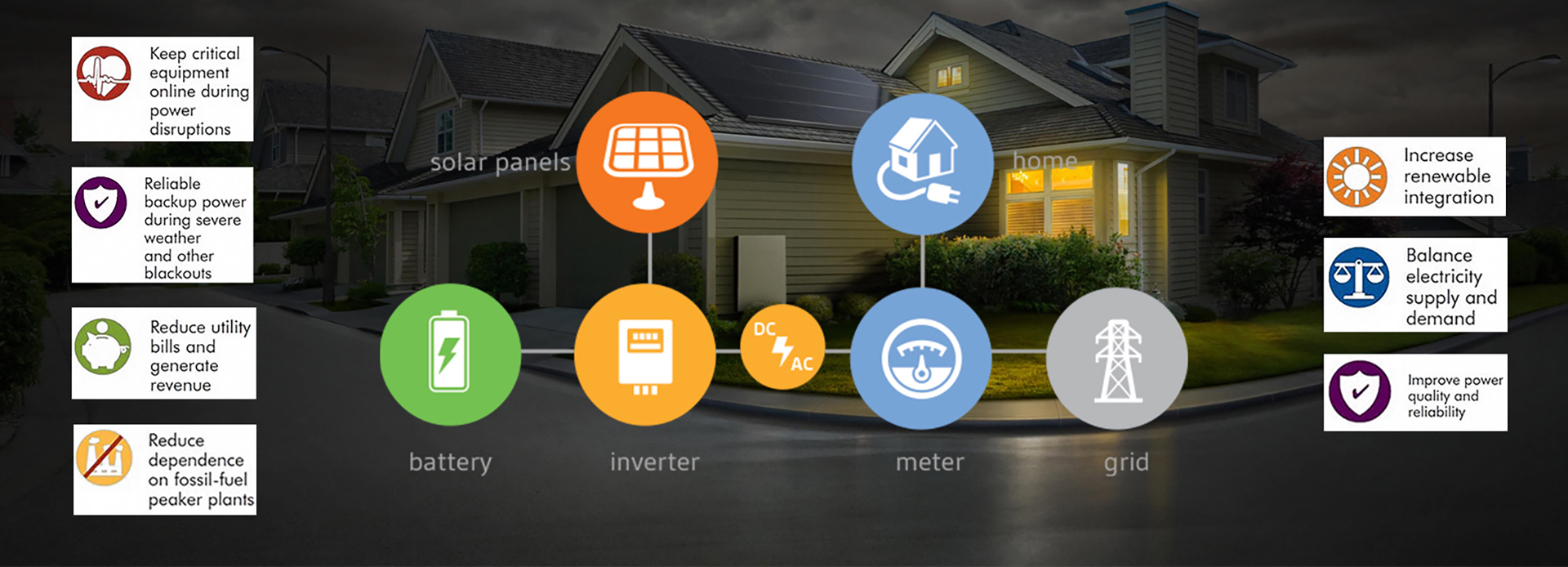
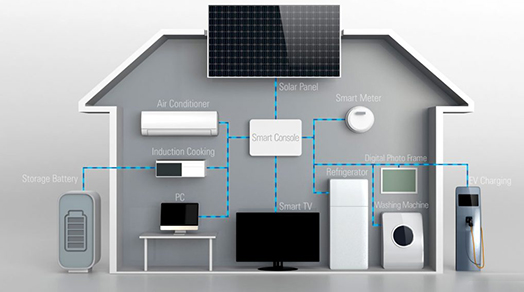
Residential Energy Storage System
-
Ideal for:
>Remote power
>Areas with unreliable grid connections
>Mobile power solutions
>Provide needed active power for power grid
>Realize low voltage cross, and enhance the stability of power grid

BNT Resident Power Storage Key Attributes
-
Key Attributes :
>Easy to assemble
>Support multiple parallel servers and remote customization of working modes to meet different application scenarios.
>Parallel / Series strings for redundancy and maximum reliability
>Intrinsically safe cathode material
>Integrated battery management system monitors all critical systems such as individual cell voltages, temperatures, current,and State of Charge
DETAILS
Technology
We Deliver Exceptional
Products and Services
Around the World
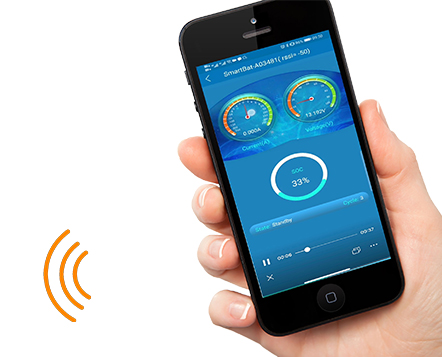

Advanced Battery Monitoring
A battery must be monitored systematically, to protect it. The battery management system is in charge of monitoring each of the cells in a battery pack and ensures that they are operated within the safe operating range. Various parameters, such as cell voltage, SOC, state of health (SOH), and the temperature, have a decisive impact on the performance, safety, and lifetime of batteries. A battery needs to be protected against possible external faults that would put the system in danger. Protecting the battery from damage during the normal function of the system (charging and discharging process) is one of the main functionalities of a BMS. Within BNT’s product portfolio, designers will find the right devices to disconnect the battery system in case a fault is detected, thereby protecting its value. They will also help to detect system faults like overcurrents and short circuits.
The battery is the core energy storage device of the system and needs to be monitored online status in real time, so the importance of BMS is self-evident. In the BMS management system, BCU real-time communicates with:
>CAN bus and BMU to get monomer voltages, cabinet temperature, insulation resistance and others
>Current sensor to collect charge and discharge current and dynamic calculation SOC
>Touch screen to display relevant data

Supreme Residential Energy Storage Systems
Older generation residential solar energy systems are tied to the utility power grid via inverters, which convert power from solar panels to AC electrical power during daylight hours. Marketable excess power might be sold back to utility companies. However, during the hours of darkness, the end-user is relying on the utility’s electricity supply. Utility companies are aware of these limitations and adjust their pricing models accordingly. Residential customers pay based on “time-of-use” rates, which are higher when solar power is not available.For BNT system the electricity that is collected via solar panels charges batteries, the energy is then stored. When using these batteries with an inverter, the demand for AC power can be fulfilled at any time.
Battery unit allowed you parallel more unit to increase the system capacity. As well possible to connect in Series to increase the battery system DC voltage. BNT offer related solar charging controller based on different voltage and current. Custom can easy just connect all component together and start to use the whole system.
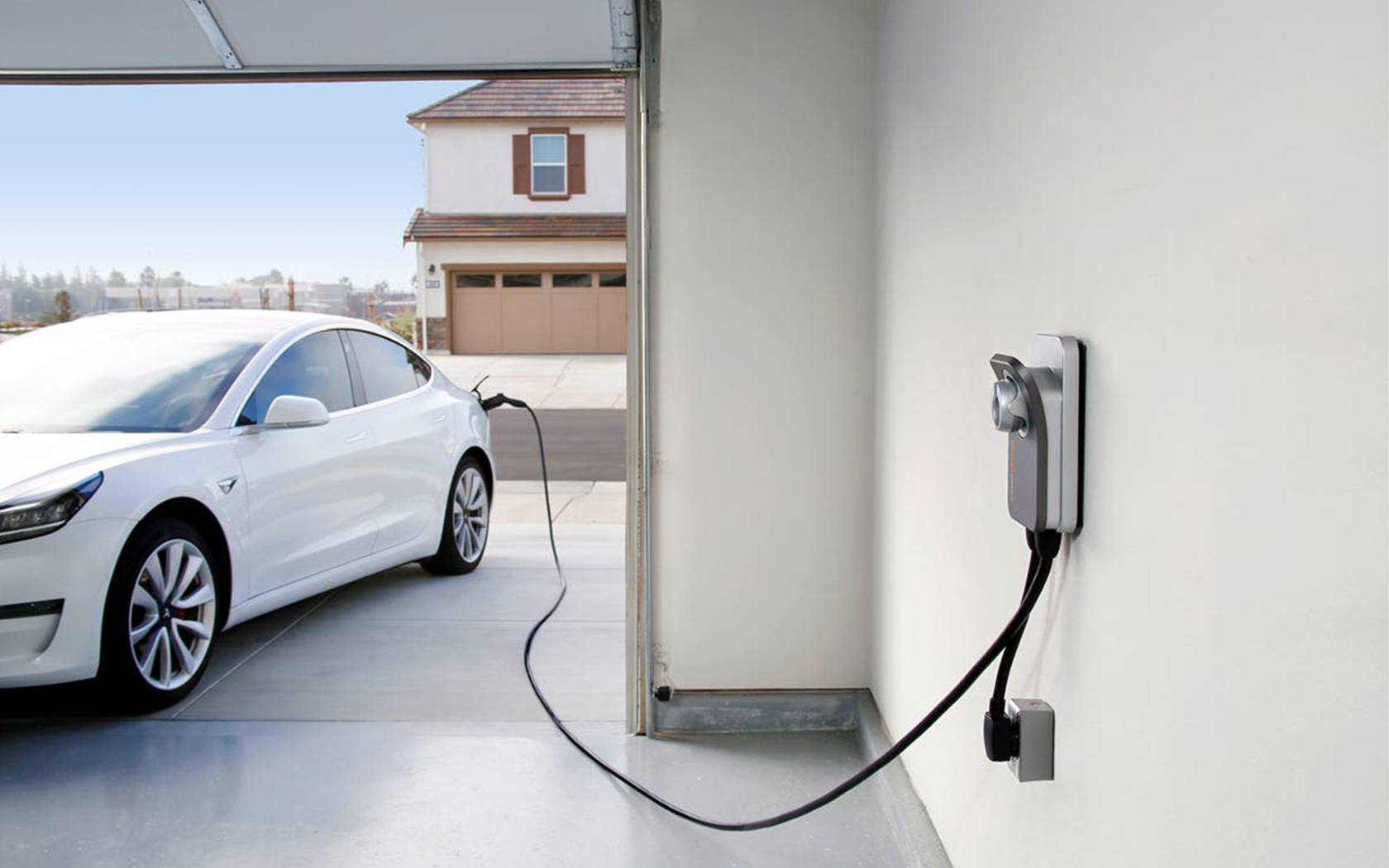
More Resilience For Your Power Supplies
Just like solar-only systems, the size of your rechargeable solar battery system is determined by your unique energy needs and habits. Factors such as the amount of electricity you use at home and the devices and appliances you want to back up will play a key role as you select the right battery storage solution for you. Normally, if the solar power just for illumination, You will need a less then 5Kwh home battery energy system. If there is a air-condition, or other electric powered stove. You probebely need at least 5Kwh or 10kwh more.
BNT Residential Energy Storage Systems :
>Modular structure ensuring easy operation andmaintenance;
>Flexible arrangement for various voltage levels and storage capacities;
>Design of the battery management system (BMS) in three levels (module, rack and bank), ensuring greater control andmonitoring of the system;
>High reliability and safety provided by the chemistry used;
>Long service life;
>Optimized dimensions ensuring high energy density and reduced weight;
>Flexible and fast transportation and implementation;
>Lower maintenance in comparison to other batterychemistries.




